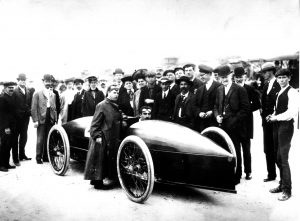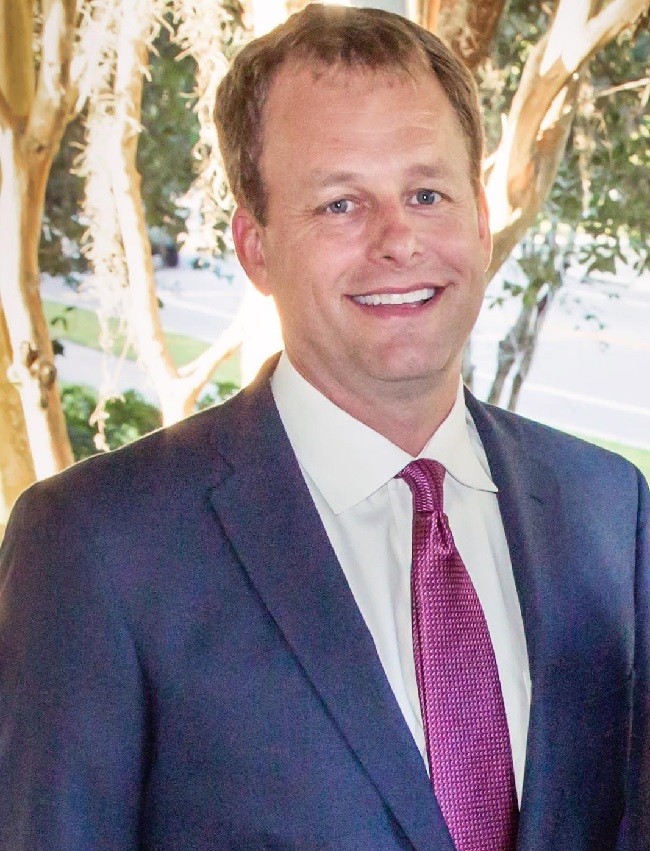A Short History of DUI Laws
Posted on: June 27, 2020
#19. No intoxicated person shall drive a motor vehicle.
Laws dealing with intoxication were common, most certainly, with some asking how far the law would go to protect an “inebriate” from themselves. But laws against intoxicated driving had never seemed quite so necessary in most states prior to the Marriott demonstration, not with motor vehicles, especially since cars were rarely possessed or afforded by the average American. Even more than that, what emerged soon after, from 1920 to 1933, was the Age of Prohibition, in which Federal and State leaders sought to improve a number of problems in the country through a sweeping ban on all production and sale of alcohol across the United States, according to the 18th Amendment to the US Constitution, which passed with enough support from enough states to be enacted.
After one year from the ratification of this article the manufacture, sale, or transportation of intoxicating liquors within, the importation thereof into, or the exportation thereof from the United States and all territory subject to the jurisdiction thereof for beverage purposes is hereby prohibited.
The complete reversal of this decision required the 21st Amendment, ratified near the end of 1933 by a sufficient number of states. Between the end of Prohibition and the early 1980s, a number of states enacted their own laws against driving while intoxicated, which initially made sense, especially since licensing was also managed by each individual state. But the inconsistency of laws, from state to state, meant that some drivers, especially younger drivers, might jump across borders, pick up alcohol and drive back, intoxicated or eager to be so. Such was the case in South Dakota v Dole.
SOUTH DAKOTA VS DOLE (1987)
In 1984, the United States Congress enacted a National Minimum Drinking Age Amendment that penalized states for failing to raise their legal drinking age to 21, giving them 5% less in funding for highways. Since the State of South Dakota allowed teenagers to purchase beer at the age of 19, the US Secretary of Transportation, Elizabeth Dole, withheld funds to the state. This prompted state officials to claim the federal government had overstepped its bounds and undermined their state sovereignty. But the Supreme Court sided with Dole, saying that the Federal Government had, indeed, sought the general welfare of the nation as a whole in seeking to raise the minimum drinking age.
The age law had been a response to a rise in alcohol-related car accidents that seemed to peak in the 1970s and early 1980s, with reports showing that 60% of all traffic fatalities involved some kind of inebriation, especially among drivers who were between the ages of 16 and 20. But the Congress had not acted without some heavy prompting, especially from a group known as Mothers Against Drunk Driving.
MOTHERS AGAINST DRUNK DRIVING (MADD)

Within three years, President Ronald Reagan instituted a Presidential Commission on Drunk Driving, which in 1983 produced the following comments, written by Reagan himself.
Over the past ten years, 250,000 Americans have died in accidents caused by drunk driving, and millions have been maimed or crippled… [The commission] has devoated eighteen months to an exhaustive study of this problem… Drunk driving is a national menace, a national tragedy, and a national disgrace. It is my fervent hope that this report will receive the attention it deserves, and that it will speed the adoption of whatever measures are appropriate to remove this hazard from our national life.
The subsequent report referred to “citizen action groups,” like MADD, that had become a “crescendo of voices” demanding action that now needed response at every level of government. One such response involved “states and localities” taking short-term actions to increase the perception that driving under the influence could lead to arrest, that such a risk was not in their interest. Other recommendations of the report included a graduation of penalties, fines, and jail time for each DUI. All of which led, in one form or another, to the National Drinking Age being finalized at age 21, even if that alone was not enough to curtail the larger issue of drunk driving.
SINCE THE 1980s
According to the Centers for Disease Control and Prevention, crash-related deaths involving alcohol have gone down nearly 40% since 1982. The CDC credits both public awareness campaigns, like those pushed by Mothers Against Drunk Driving, and the increase in a minimum legal drinking age. However, the Insurance Information Institute, which has been tracking data for nearly 50 years, shows that since 1995, the percent of alcohol-impaired crash fatalities have held steady, between 29-32% of the total traffic fatalities on record, which is another way of saying that the so-called crescendo of voices from the 1980s have greatly diminished, leaving roughly a third of American drivers undeterred from getting behind the wheel of a car after getting drunk.
Separated by 60 years, two major cases have allowed certain potential DUI suspects to avoid prosecution. The first came in 1952 with Rochin v California, when an LA Sheriff entered someone’s property without a warrant, saw drugs on a nightstand, then after the resident swallowed the drugs, the officer had the drugs forcibly removed from the resident as proof of misconduct. But what the court saw was brutality and a violation of due process. Six decades later, in Missouri v McNeely, a driver was arrested for a DUI, but refused to submit to a breathalyzer or a blood test, which led the officer to demand that hospital personnel test his blood without his permission, which again, became yet another violation, with courts favoring the driver, despite his likely and suspected DUI. In these cases, which were rightly made in defense of legal rights, they also created a precedent for which a driver could refuse to be tested in lieu of a possible arrest.
SO WHERE DO WE STAND IN CENTRAL FLORIDA?
According to the most recent arrest records across the State of Florida, 33,873 people were arrested in 2019 for Driving Under the Influence for a total population of 21 million. And while that total on its own is less than 1% of Floridians, drunk driving is the third highest cause of arrest in the state, behind simple assault (77,981) and drugs (110,152). Focusing on Central Florida alone, there were 752 DUI arrests in Seminole County, 867 in Volusia, 540 in Lake, 467 in Osceola, and 1,623 in Orange County.
If that leads you to ask, more specifically, whether there has been any improvement in our local area since the Florida Department of Law Enforcement began keeping these records, the answer is yes, but inconsistently and not by any great stretches or decreases. In 1989, the first year with an available record, there were 47,594 DUI arrests in the State of Florida, with drugs and larceny coming in with higher arrest marks. In Seminole County, there were 876 DUI arrests, 1,600 in Volusia, 569 in Lake, 751 in Osceola, and 2,867 in Orange County. Indeed, there has been a drop worth noting, but over more than thirty years, it’s more than evident that drunk driving, on its own, has not been thwarted to the degree that it should have been or that the crescendo of voices once had in mind.
Just last month in Pasco County, a drunk driver was alleged to have hit and killed another driver stopped at a light, both of whom were over 30. And just last week, a woman from Escambia County drove head on into another vehicle going the wrong way on I-10, taking the life of another driver. These stories are recent and they are real. And they signify that as a state, as a nation, as a society, we still have work to do if we’re going to focus on keeping our roads safe from those who choose to drive drunk, despite the consequences.
If you or someone you love has been the victim of a wrongful death, a personal injury, or a motor vehicle accident, please contact the law offices of Beers and Gordon P.A. for a free consultation. Our firm serves all of Seminole, Orange, Volusia, Lake, and Brevard counties, including Oviedo, Winter Springs, Altamonte Springs, Sanford, Longwood, Winter Park, Lake Mary, and Greater Orlando. Our attorneys have over 50 years of combined experience ready and willing to go the distance on your case. Call us right away at 407-862-1825.







